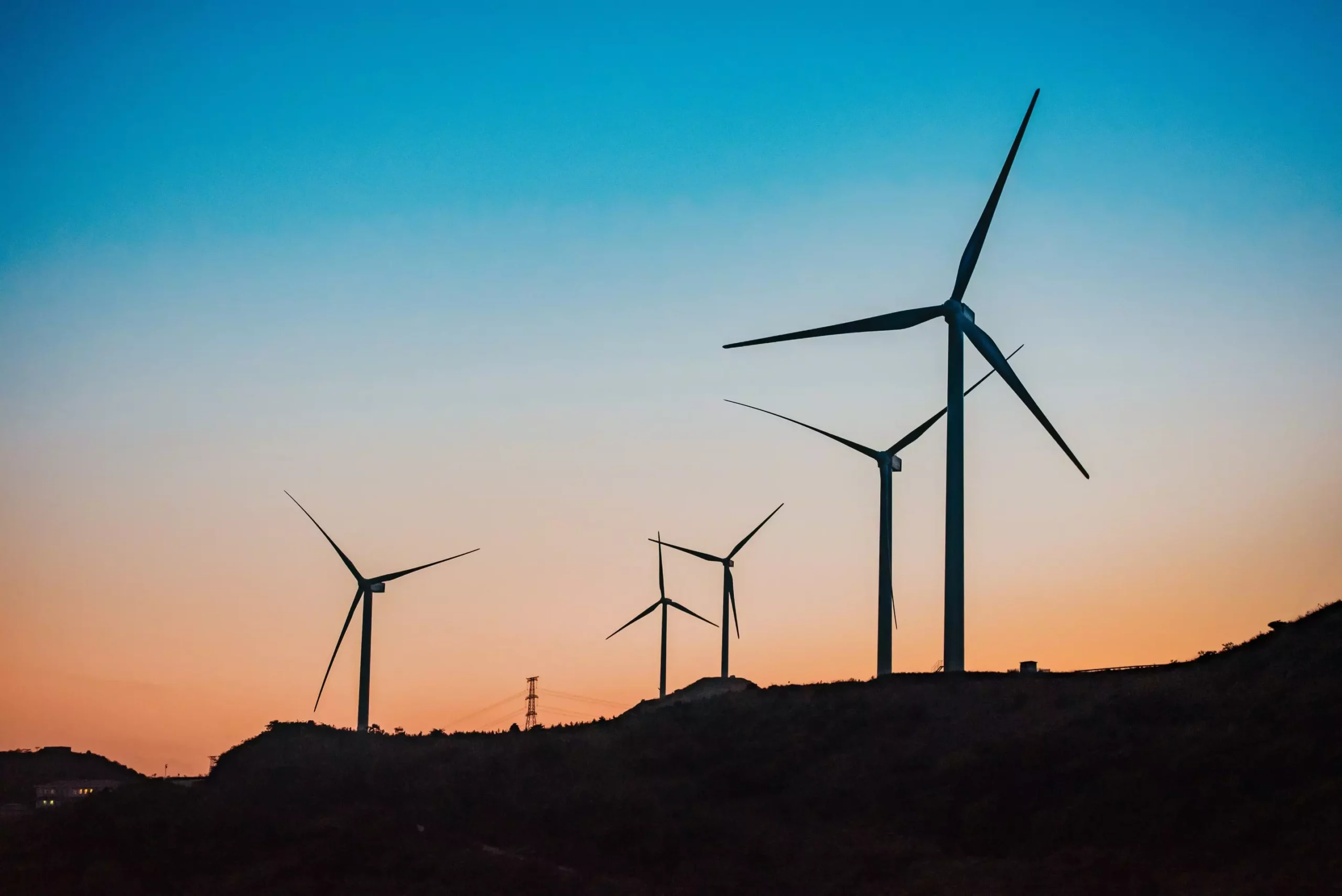The global push for renewable energy has gained momentum in recent decades, yet many nations still find themselves deeply entwined with traditional fossil fuels like coal and gas. The fundamental issue is not merely the capacity to generate clean energy; the complexities lie in infrastructure, storage, and societal acceptance. As we explore the hurdles faced in transitioning to renewable power, we must also consider varied international strategies that highlight both success and caution in pursuit of a greener future.
A significant barrier to renewable energy expansion is the need for extensive infrastructure, particularly transmission lines. In countries like Australia, it has been reported that approximately 10,000 kilometers of new lines are required to connect remote renewable energy farms to urban centers. While technological advancements allow for substantial energy generation, the inability to efficiently transport this energy continues to impede progress. The Australian Energy Market Operator emphasizes the necessity of integrating large-scale storage solutions to manage the intermittent nature of renewable resources effectively. However, despite these critical needs, investment in renewables unexpectedly declined over the last year, revealing systemic issues that require urgent attention.
The slowdown in renewable investment can be attributed to a combination of localized and global challenges. In rural settings, community opposition to the establishment of new transmission lines often hinges on concerns about environmental effects and loss of land. Simultaneously, the international competition for skilled labor, materials, and clean technology can create further delays. As climate change worsens, the expectation for immediate solutions grows, leading to increasing frustration both locally and globally. It is essential to acknowledge that Australia’s predicament is not isolated; other nations also experience similar resistance, particularly when it comes to enhancing their electricity grids. According to the International Energy Agency, the average timeframe to construct new grid assets is roughly a decade in both the United States and Europe.
The European Union has responded to these challenges with legislation aimed at accelerating the clean energy transition and has made investments in renewables a public priority. In contrast, the United States took a distinct route by passing the Inflation Reduction Act, which provides substantial financial incentives for green initiatives rather than introducing more regulations. The U.S. strategy demonstrates that financial investment can drive progress; however, it simultaneously underlines the necessity for streamlined processes to build essential infrastructure. The U.S. Department of Energy’s recent efforts to consolidate federal approvals serve as a potential model for Australia and other nations looking to enhance their renewable energy frameworks.
A Critical Examination of China’s Rapid Growth
While Western nations struggle with various transition-related challenges, China has made remarkable strides in reducing emissions. By capitalizing on its vast deserts for solar projects, deploying significant offshore wind capacities, and embracing electric vehicles, China reduced emissions ahead of its initial targets. This rapid escalation draws attention to the stark differences in governmental structures; unlike its Western counterparts, China operates with centralized authority, expediting decision-making processes at the risk of community concerns.
Although the speed of China’s transition is admirable, it raises questions about long-term sustainability and community impact. The potential for social upheaval due to imposed projects is a significant factor that other democracies must consider in their transition strategies. Balancing urgent climate action with the need for community buy-in is crucial.
For countries like Australia, embracing a holistic approach to renewable energy investment may be beneficial. This includes fostering dialogue with local communities about project benefits, as demonstrated in Victoria’s Transmission Investment Framework. While this collaborative approach may slow the pace of implementing wind and solar projects, it might foster the necessary public support for sustained investment in clean energy solutions.
The transition to renewable energy will undoubtedly encounter numerous obstacles, be they infrastructural, economic, or social. Acknowledging the importance of community engagement, financial backing, and streamlined regulation is essential in shaping effective policies. Ultimately, transitioning to sustainable energy sources is not just a technological challenge; it is a collective journey requiring thoughtful consideration for both the environment and the communities it affects.
As we navigate this critical period for energy transition, adapting lessons learned from international experiences could pave the way for a more sustainable future. Though the challenges are formidable, the pursuit of cleaner energy is not only desirable but also increasingly imperative. Balancing these competing interests and maintaining public support will be key as we forge ahead in this vital endeavor.

